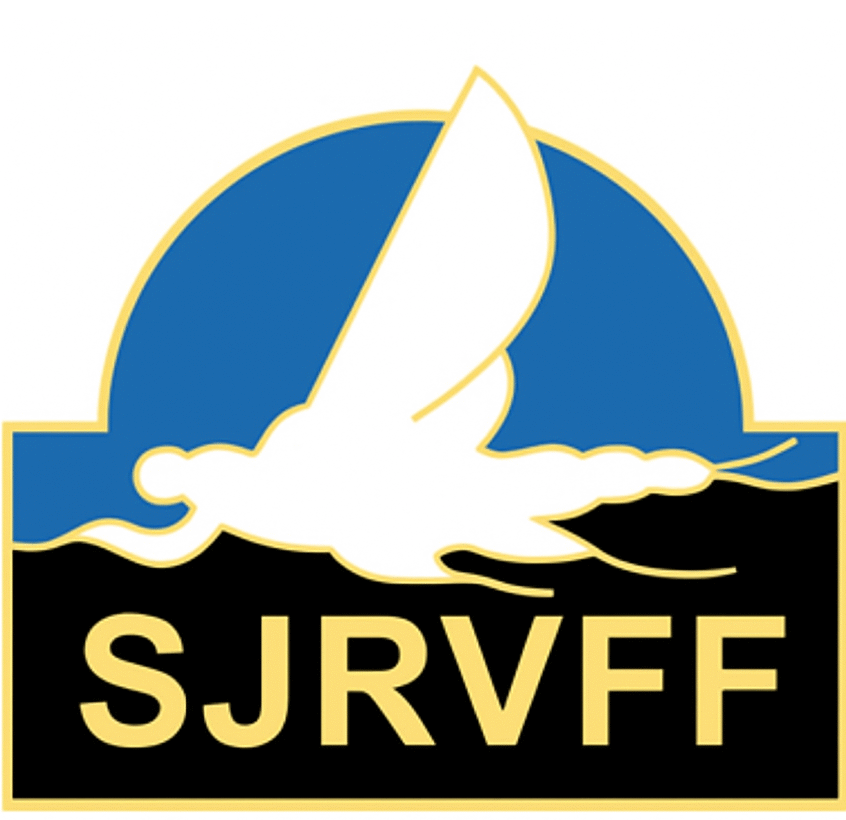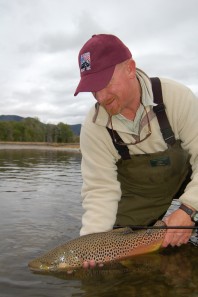Hemingway on Fishing collects the bulk of the author’s angling-related writings, including other Nick Adams stories and excerpts from several novels–most notably, the memorable wine-soaked pilgrimage to Spain’s Irati River in The Sun Also Rises. However, the lesser-known newspaper and magazine articles may elicit even more interest among readers. A piece that the 21-year-old Hemingway wrote for the Toronto Star Weekly in August 1920 reveals his rather precocious confidence. “At present the best rainbow trout fishing in the world is in the rapids of the Canadian Soo,” he announces in the first paragraph, and then proceeds to scotch any hopes of an easy catch: It is a wild and nerve-frazzling sport and the odds are in favor of the big trout who tear off thirty or forty yards of line at a rush and then will sulk at the base of a rock and refuse to be stirred into action by the pumping of a stout fly rod aided by a fluent monologue of Ojibwayian profanity.
By 1933, Hemingway was writing about his true angling passion–deep-sea big-game
fishing–for the likes of Esquire and other large-circulation glossies. In “Marlin of the Morro: A Cuban Letter,” he notes that when the northeast trade winds blow, the “marlin come to the top and cruise the wind.” To catch a fish, the saying goes, you must think like one–and Papa’s perceptive descriptions of piscine behavior show why he was considered one of the premiere anglers of his day. It’s true that Hemingway indulged his passions in life and on the page, and that sometimes the former got him into trouble. As for the latter, those of us who enjoy a good fish story are the luckier for it. –Langdon Cook

